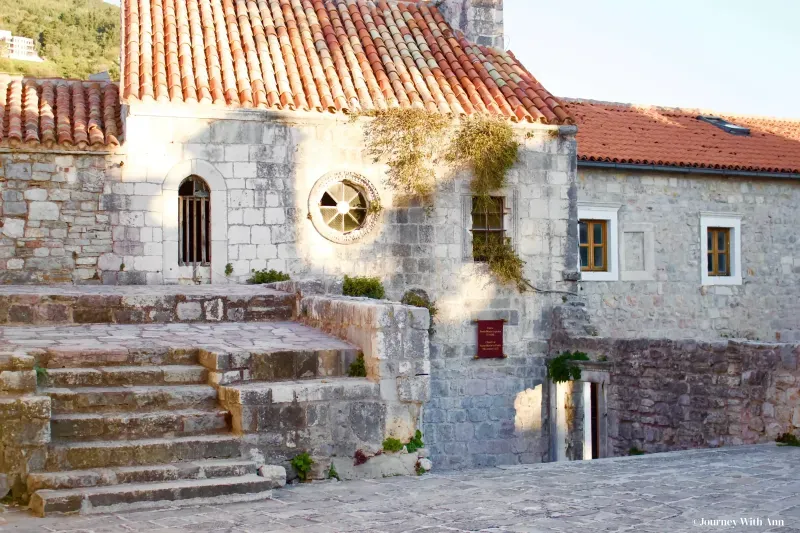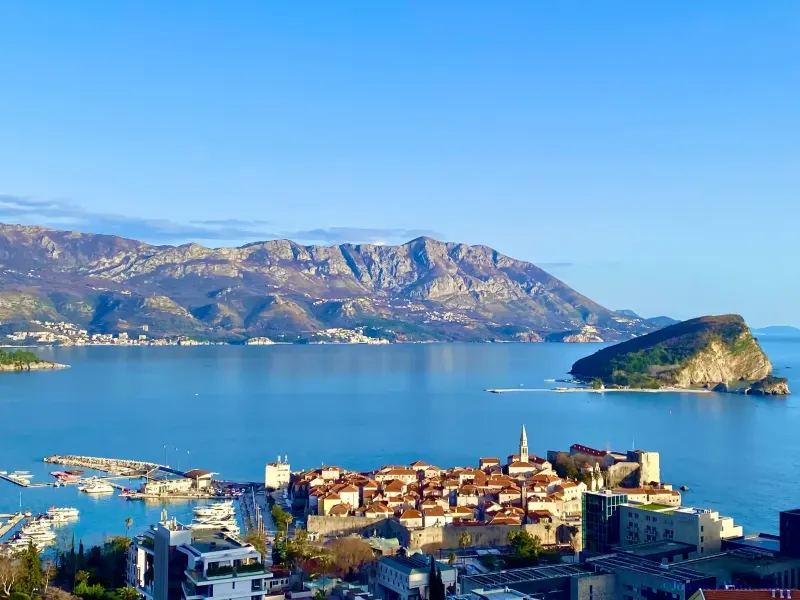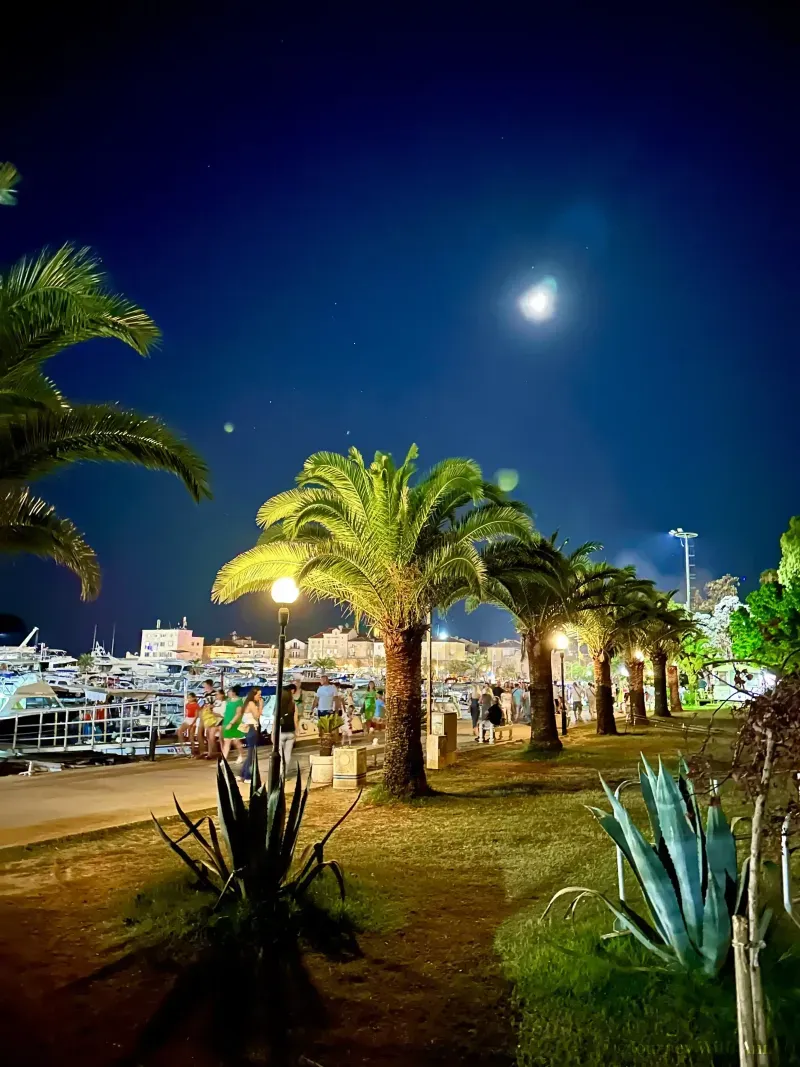Geographical Context and Capital Cities
Geographically, Montenegro is bordered by Croatia to the west, Bosnia and Herzegovina to the northwest, Serbia to the northeast, Kosovo to the east, and Albania to the south. It has a coastline along the Adriatic Sea, where Budva is situated. The country's capital and largest city is Podgorica, while Cetinje is designated as the Old Royal Capital.
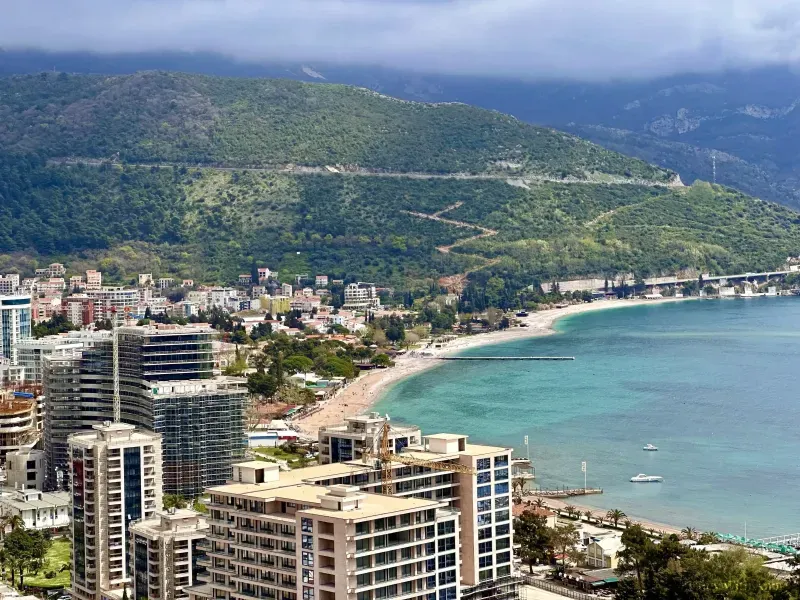
Budva – A Tourist Hub
Budva, known for its well-preserved medieval walled city, sandy beaches, and diverse nightlife, is part of the Budva Municipality, one of the 24 municipalities in Montenegro. The town is a significant tourist destination and is often referred to as the "Montenegrin Miami" due to its popularity as a beach resort and nightlife hub. Budva this is the best town for a beach holiday with family or friends, as well as alone!
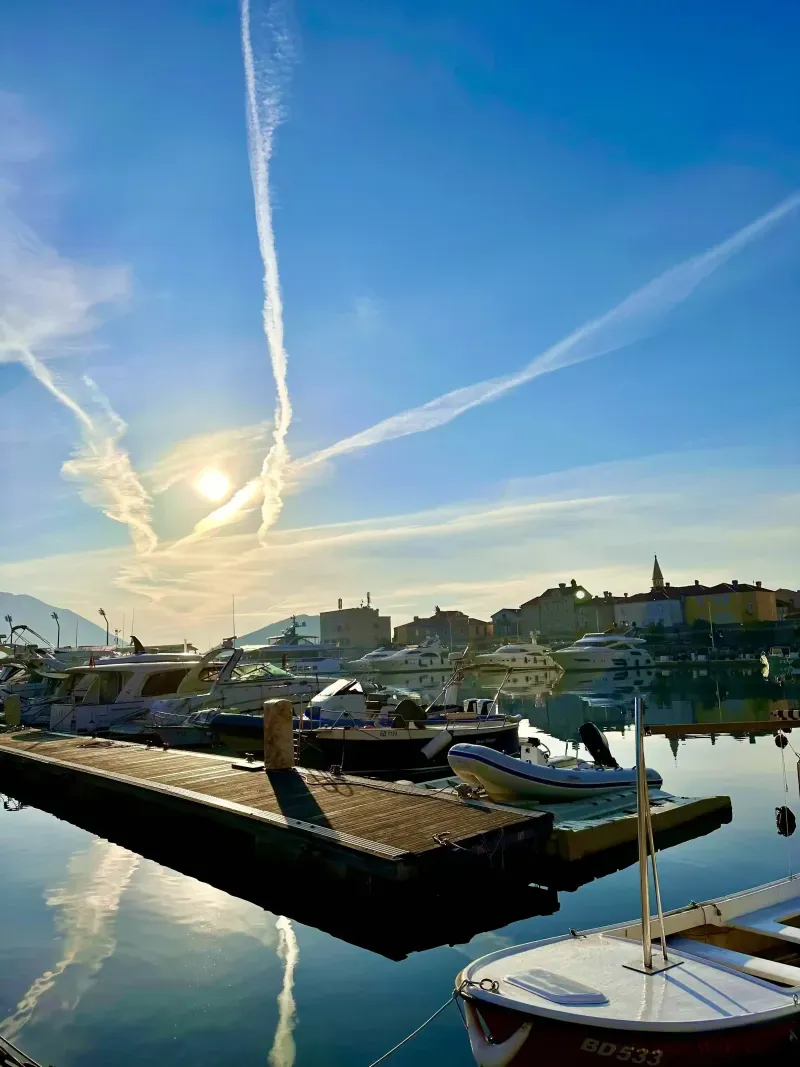
Montenegro's Official Language, Currency, and Population
Montenegro's official currency is the Euro (EUR), despite the country not being a member of the Eurozone. The official language is Montenegrin, although Serbian, Bosnian, Albanian, and Croatian are also recognized in the constitution. The country's population is approximately 620,000, as of the latest estimates, with a diverse ethnic composition.
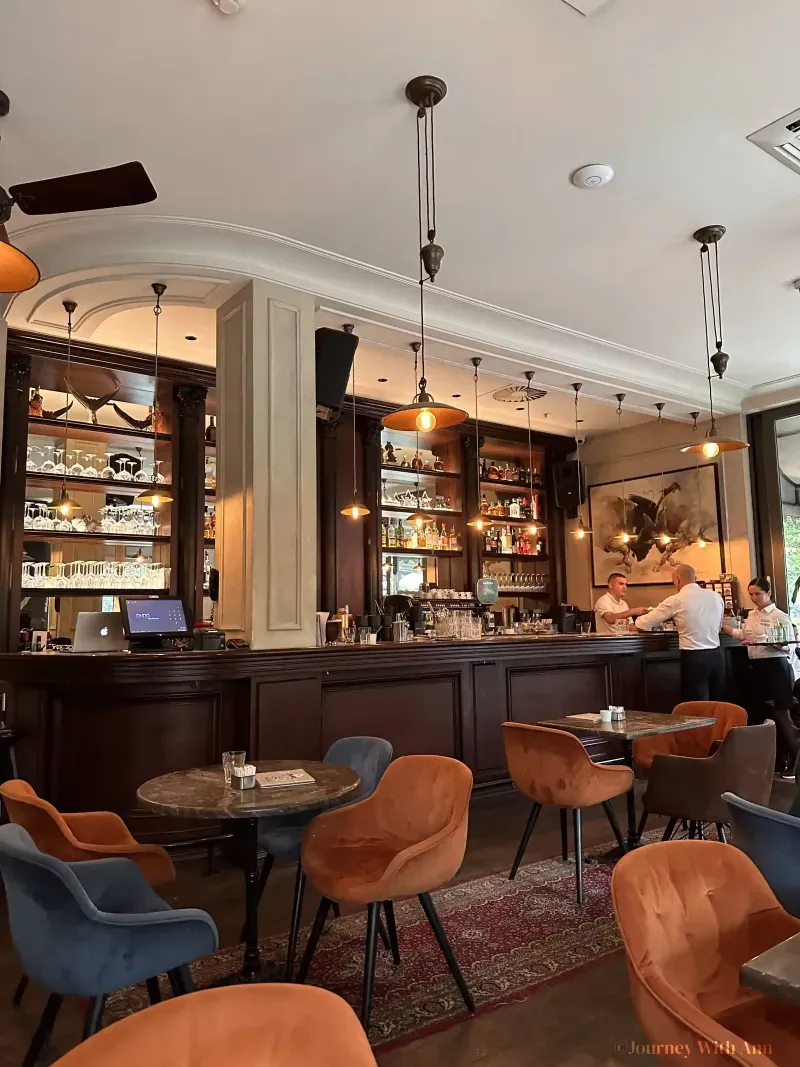
Top Attractions
The best places to visit in Budva include the charming Old Town, the historic Citadel, and the breathtaking Budva Riviera, known for its stunning beaches and crystal-clear waters. Explore museums, cultural sites, and attractions that make this coastal destination unforgettable. Many travelers ask, "Is Budva, Montenegro worth visiting?" My answer is simple—absolutely! Whether you seek history, relaxation, adventure, or vibrant nightlife, Budva is one of the best places to experience in Montenegro.
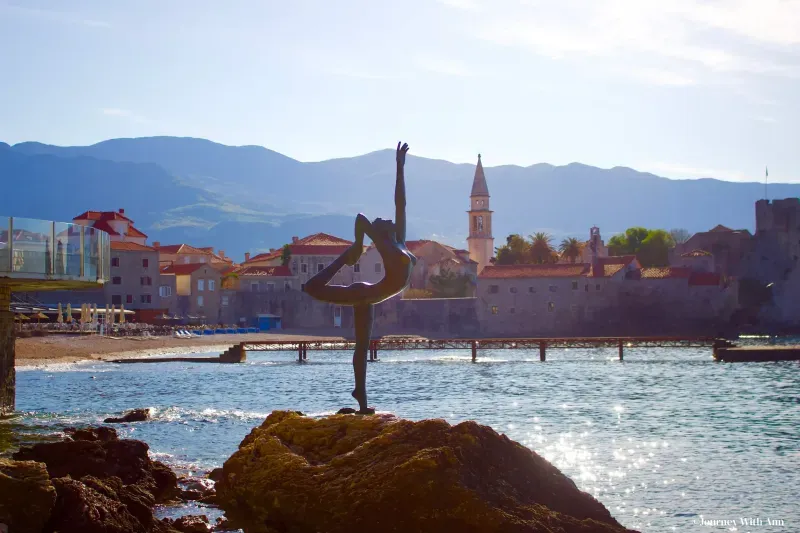
Conclusion
In summary, Budva is a town in Montenegro, a sovereign state in Southeastern Europe known for its scenic beauty, historical sites, and as a burgeoning tourist destination.
